Lily of the Valley (Convallaria majalis) is a perennial flowering plant, belonging to the Asparagaceae family. It is a bulb that is native to Eurasia.
This plant thrives in dappled sunlight and is hardy in zones 3 through 7. Gardeners appreciate it for its charming flowers and sweet fragrance. Because of this, it is also popular in the perfume industry.
Lily of the Valley holds cultural significance, too. It’s the national flower of Finland and was formerly the national flower of Yugoslavia.
It is important to note, that all parts of Lily of the Valley are highly poisonous.
| Common name | Lily of the Valley, Lily-of-the-valley |
| Botanical name | Convallaria majalis |
| Family | Asparagaceae |
| Species | majalis |
| Origin | Eurasia |
| Life cycle | Perennial |
| Plant type | Bulb |
| Hardiness zone | 3, 4, 5, 6, 7 |
| Sunlight | Dappled Sunlight |
| Maintenance | Low |
| Soil condition | Clay |
| Drainage | Moist but Well-Drained |
| Growth rate | Slow |
| Spacing | Less than 12 in. |
| Harvest time | Summer |
| Flowering period | Spring |
| Height | 6 in. – 10 in. |
| Width | 6 in. – 10 in. |
| Flower color | White |
| Leaf color | Green |
| Fruit color | Burgundy, Red |
| Fruit type | Berry |
| Flower benefit | Fragrant |
| Garden style | Cottage Garden |
| Uses | Small Space |
I. Appearance and Characteristics
Lily of the valley (Convallaria majalis (), sometimes written lily-of-the-valley, is a woodland flowering plant with sweetly scented, pendent, bell-shaped white flowers borne in sprays in spring. It is native throughout the cool temperate Northern Hemisphere in Asia and Europe. Convallaria majalis var. montana, also known as the American lily of the valley, is native to North America.
Due to the concentration of cardiac glycosides (cardenolides), it is highly poisonous if consumed by humans or other animals.
Other names include May bells, Our Lady’s tears, and Mary’s tears. Its French name, muguet, sometimes appears in the names of perfumes imitating the flower’s scent. In pre-modern England, the plant was known as glovewort (as it was a wort used to create a salve for sore hands), or Apollinaris (according to a legend that it was discovered by Apollo).
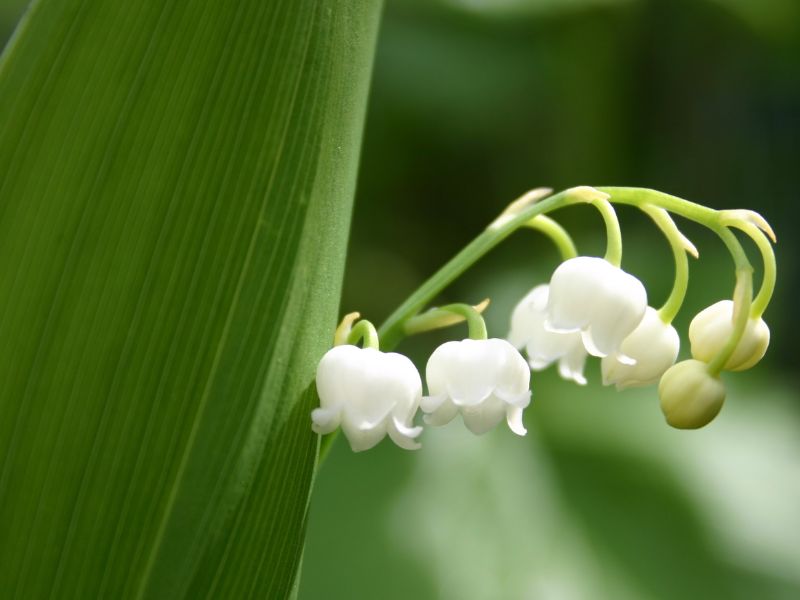
Convallaria majalis is a herbaceous perennial plant that often forms extensive colonies by spreading underground stems called rhizomes. New upright shoots are formed at the ends of stolons in summer, these upright dormant stems are often called pips. These grow in the spring into new leafy shoots that still remain connected to the other shoots under ground. The stems grow to 15–30 cm (6–12 in) tall, with one or two leaves 10–25 cm (4–10 in) long; flowering stems have two leaves and a raceme of five to fifteen flowers on the stem apex.
The flowers have six white tepals (rarely pink), fused at the base to form a bell shape, 5–10 mm (0.2–0.4 in) diameter, and sweetly scented; flowering is in late spring, in mild winters in the Northern Hemisphere it is in early March. The fruit is a small orange-red berry 5–7 mm (0.2–0.3 in) diameter that contains a few large whitish to brownish colored seeds that dry to a clear translucent round bead 1–3 mm (0.04–0.12 in) wide. Plants are self-incompatible, and colonies consisting of a single clone do not set seed.
II. How to Grow and Care
Sunlight
The lily of the valley is a plant of deep shade. In its natural environment, it grows on the forest floor under the shade of tree canopies. Nevertheless, it can also be grown in indirect sunshine or partial shade. When growing the plant in your garden, try to recreate its natural environment as much as possible by planting it in a spot where it will have some sort of protection, such as under a tree or by a fence.
Temperature and Humidity
Lily of the valley prefers mild conditions with average humidity. Temperatures between 60 and 70 degrees Fahrenheit are best. The plant doesn’t do well in dry, hot climates. And even in mild climates, it might die back during the hottest summer months. This usually won’t kill the plant; it generally returns the next spring.
Watering
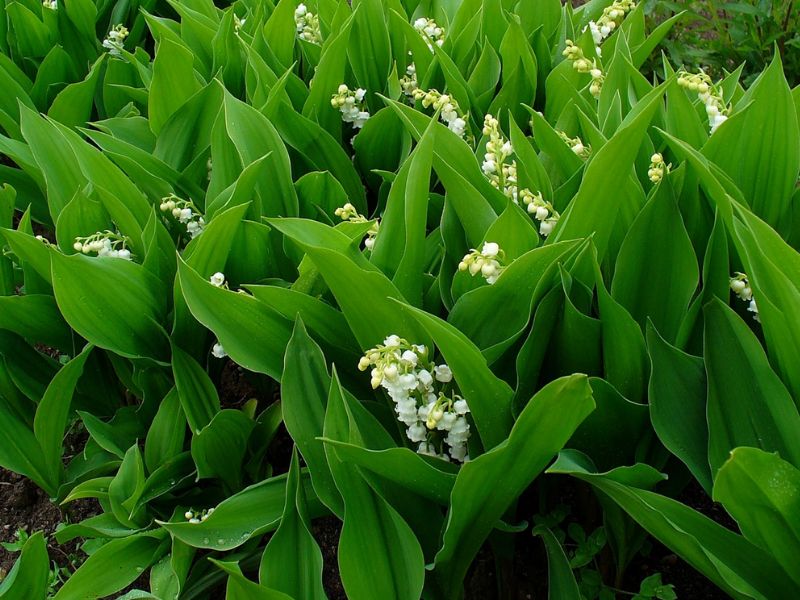
The lily of the valley requires generous watering and good drainage. Water the plant when the top 5 cm of soil is dry. Try to avoid wetting the flowers and leaves, and water in the morning whenever possible. This will ensure evaporation during the day, preventing moisture buildup, which can promote certain diseases. If growing in the garden, a good way to water is to place a garden hose directly onto the ground around the plants and allow the water to slowly run.
Soil
Fertilizing
Apart from mixing an organic compost into the soil, it is a good idea to apply an additional fertilizer every three months to your lily of the valley during its growing phase. A slow-release, granular fertilizer, with a 10-10-10 N-P-K ratio, will work well. Apply the fertilizer at a ratio of 1 tablespoon per 1 square foot/0.09m2 of soil. Do not put the granules directly onto the plant, as this can cause fertilizer burns.
Planting Instructions
Planting the lily of the valley from seed does not always yield great results, and a far better method is to plant it from pips. The lily of the valley requires cool winter temperatures for its dormancy period, so the best time to plant it is in the fall or late winter, before the warmer spring temperatures set in.
The pips are division units of the plant and need to be planted in a rich soil mixture, in a well-drained container. Create a pebble layer at the bottom of your container to improve drainage. Add a 2.5 cm layer of compost or peat moss on top, followed by some soil, prior to planting. Dig a hole that is about 5 cm deeper than the pip’s length and place the pip in. Cover with soil and water generously.
Pruning
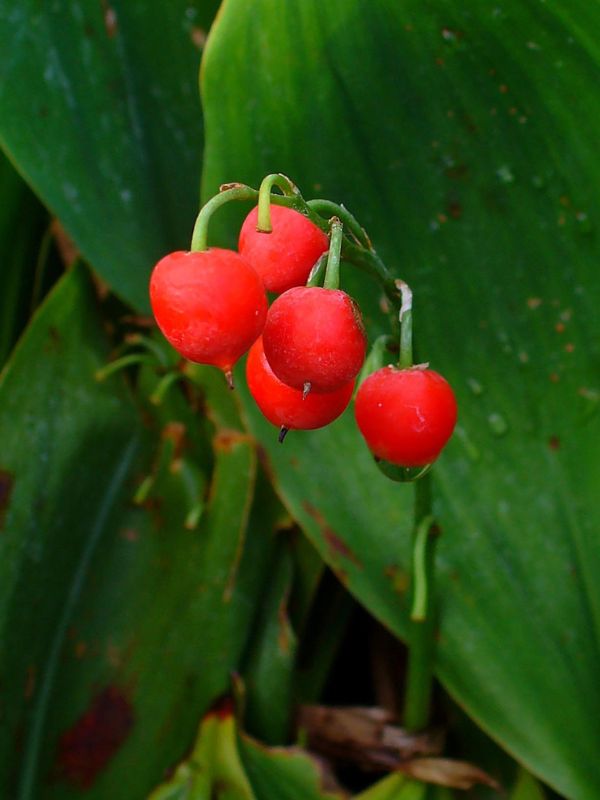
Lily of the valley will benefit from occasional maintenance. Old flower stems should be removed after the flowers are spent. Make the cuts at the base of the stem. This should also be done with any dead leaves. At the end of the growing period in the fall, trim the lily of the valley to the ground after all the stems have dried out. Always use sharp tools and disinfect them before and after making the cuts.
Propagation
Division
Lily of the valley is very easy to propagate by dividing the roots in fall or spring. Division serves both to create new plants and rejuvenate old colonies that have become so thick that they no longer flower robustly. Here’s how to propagate through root division:
- Use a shovel to dig up the clumps.
- Separate the roots into individual sections by tugging them apart with your hands.
- Replant the divided roots in shady locations, about 6 inches apart and 1/2 inch deep.
- Water thoroughly upon planting, and regularly until the new plants are well established.
Seed
Growing from seed is not common since propagation by root division is so easy. Growing lily of the valley from seed is complicated and time-consuming, but if you want to grow an unusual named cultivar, it may be the most effective way to obtain plants. The seeds should be sown at the end of winter or early in the spring. Sow them in seed flats or small pots, covered with a layer of compost, then fine gravel. Bury the seed flat or pot into the soil in a shady location and keep moist. It can take from two months to a full year for seeds to germinate and sprout. After seedlings emerge, transplant them into individual pots and continue growing them for two more years. At this point, they can be transplanted into the garden in spring or fall.
Potting and Repotting
Perennials such as lily of the valley are not typical container plants, but with this potentially invasive species, container culture can be a good way to keep the plant within defined boundaries. Lily of the valley can easily be grown in well-draining pots filled with standard potting mix. The containers can be any material.
Potted plants can be moved to a sheltered location to overwinter. It is also possible to grow them as permanent houseplants, though they will need to be moved to a cool location for several weeks each year during the winter to allow for a necessary dormant period. If given this annual dormant period, the plants will bloom indoors for about four weeks each year.
Overwintering
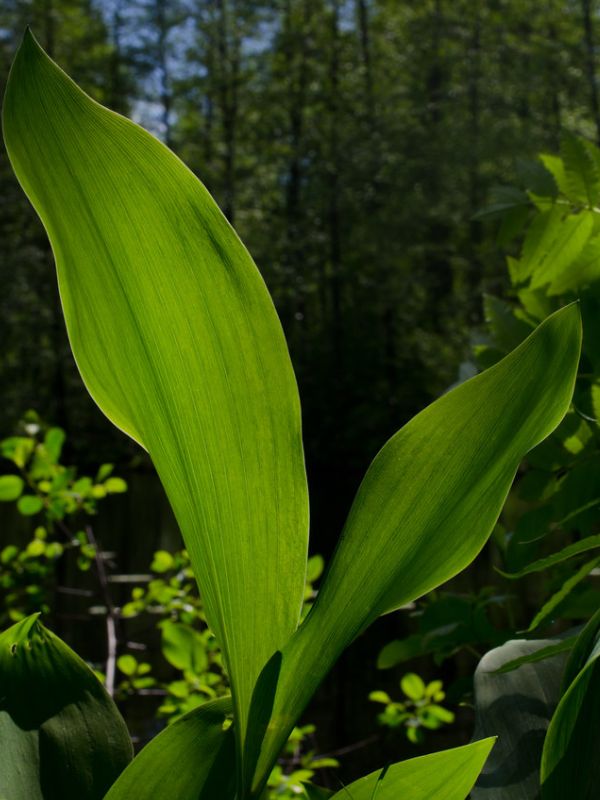
Garden plants don’t require any protection against cold in the winter, but fall is a good time to top-dress with compost, which provides all the annual feeding necessary.
Pests and Diseases
Common Pests & Plant Diseases
Pests that may affect lily of the valley include aphids and spider mites, both of which can be treated with horticultural oil—or simply ignored while waiting for natural predators to arrive and handle them. Pest issues are almost never serious.
Common diseases include stem rot, various fungal leaf spots, and anthracnose, none of which are terribly serious. Affected plant parts can be removed and destroyed (not composted, which can allow spores to be transmitted).
Common Problems
This plant is best suited for regions with relatively cool summers, and foliage decline often results in hot summers—though plants usually rebound when the weather cools again. So if browning foliage occurs during midsummer, it’s likely a natural reaction to hot weather—just keep the plants well watered.
Lily of the valley can spread quite aggressively if growing in ideal circumstances. Check with local experts before planting it, and be prepared to do regular work to control the plant’s tendency to roam.
III. Uses and Benefits
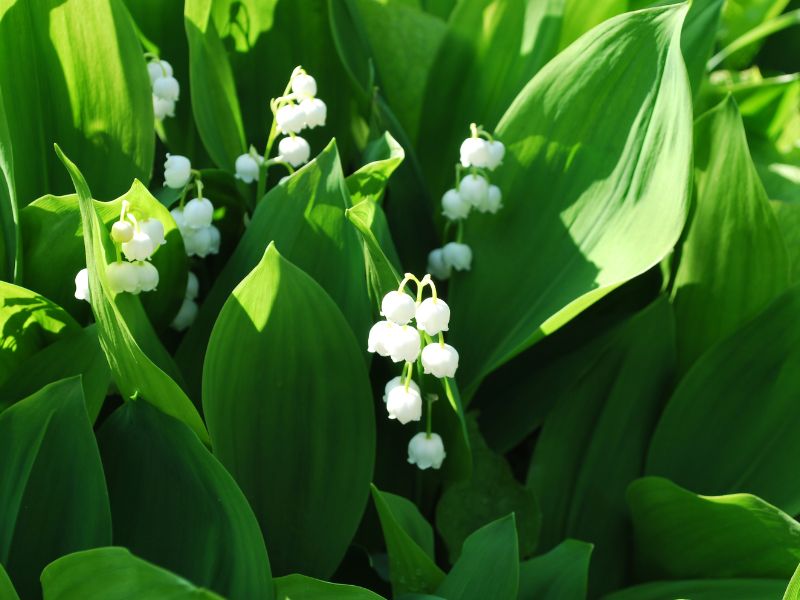
- Perfume
In 1956, the French firm Dior produced a fragrance simulating lily of the valley, which was Christian Dior’s favorite flower. Diorissimo was designed by Edmond Roudnitska. Although it has since been reformulated, it is considered a classic. Because no natural aromatic extract can be produced from lily of the valley, its scent must be recreated synthetically; while Diorissimo originally achieved this with hydroxycitronellal, the European Chemicals Agency now considers it a skin sensitizer and its use has been restricted.
Other perfumes imitating or based on the flower include Henri Robert’s Muguet de Bois (1936), Penhaligon’s Lily of the Valley (1976), and Olivia Giacobetti’s En Passant (2000).
- Weddings and other celebrations
Lily of the valley has been used in weddings and off-season can be very expensive. Lily of the valley was featured in the bridal bouquet at the wedding of Prince William and Catherine Middleton. Lily of the valley was also the flower chosen by Princess Grace of Monaco to be featured in her bridal bouquet.
At the beginning of the 20th century, it became tradition in France to sell lily of the valley on international Labour Day, 1 May (also called La Fête du Muguet (Lily of the Valley Day) by labour organisations and private persons without paying sales tax (on that day only) as a symbol of spring.
Lily of the valley is worn in Helston (Cornwall, UK) on Flora Day (8 May each year, see Furry Dance) representing the coming of “the May-o” and the summer. There is also a song sung in pubs around Cornwall (and on Flora Day in Cadgwith, near Helston) called “Lily of the Valley”; the song, strangely, came from the Jubilee Singers from Fisk University in Nashville, Tennessee.
- Folk medicine
The plant has been used in folk medicine for centuries. There is a reference to “Lilly of the valley water” in Robert Louis Stevenson’s novel Kidnapped where it is said to be “good against the Gout”, and that it “comforts the heart and strengthens the memory” and “restores speech to those that have the dumb palsey”. There is no scientific evidence that lily of the valley has any effective medicinal uses for treating human diseases.
Buy Plants

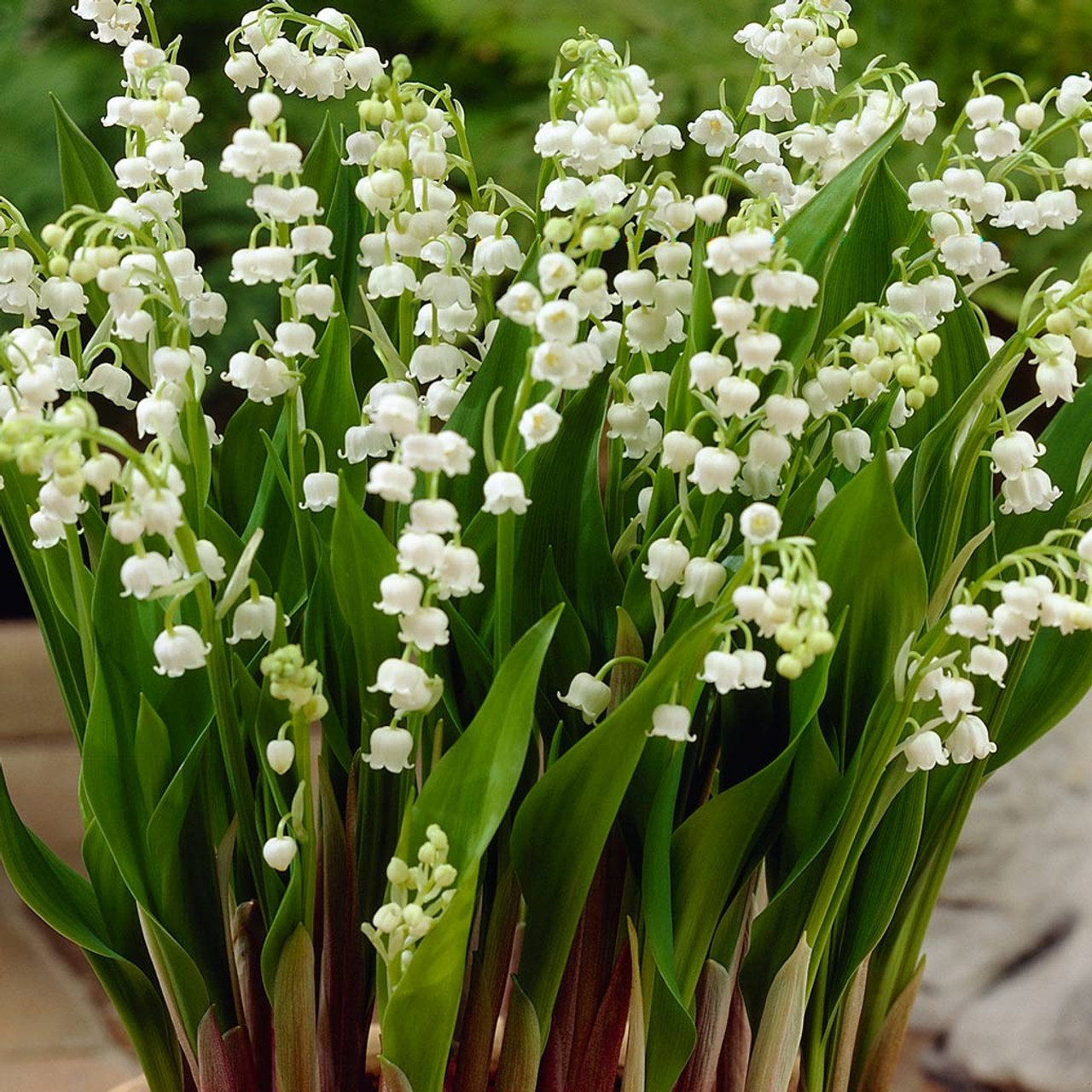



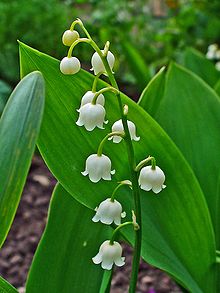

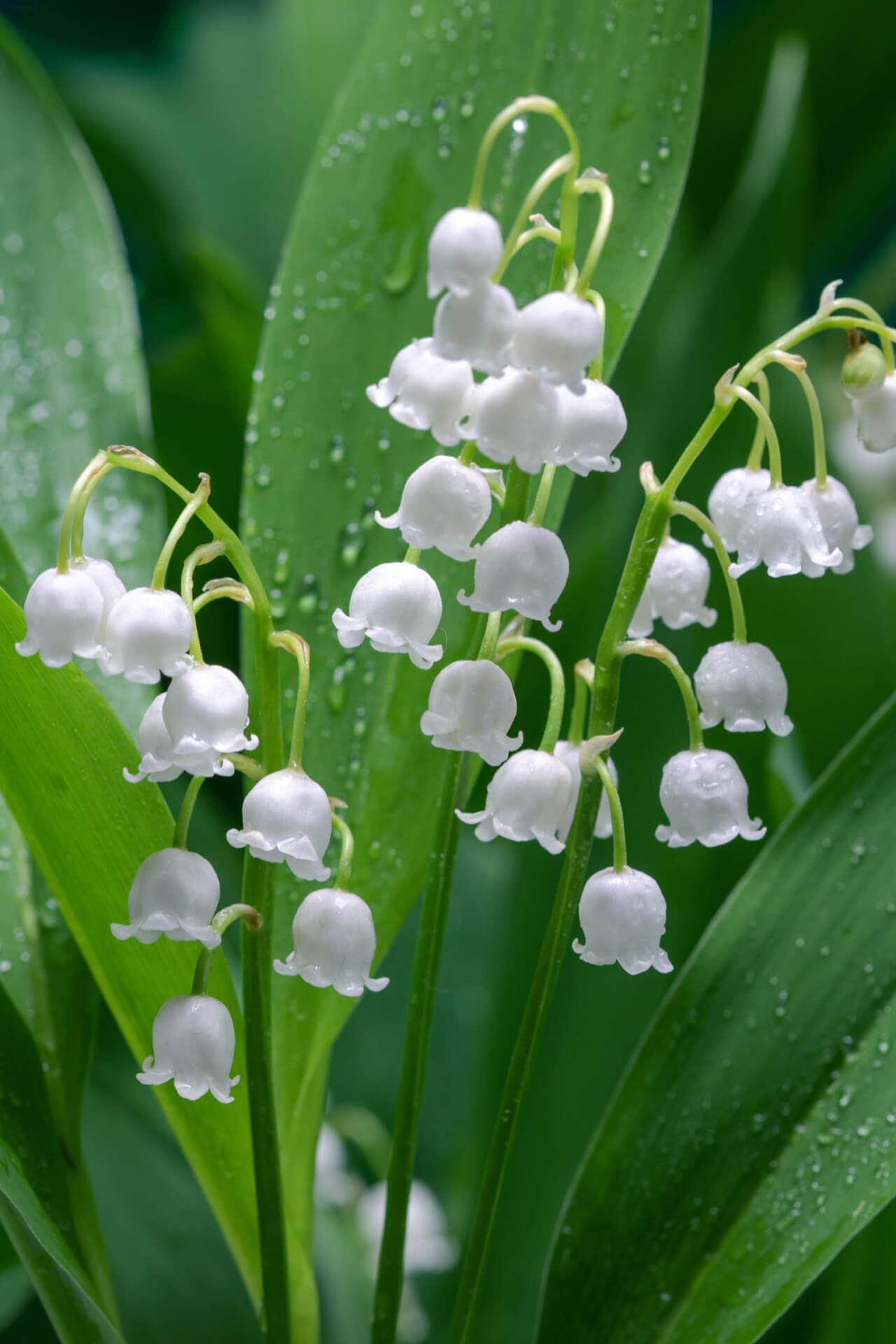

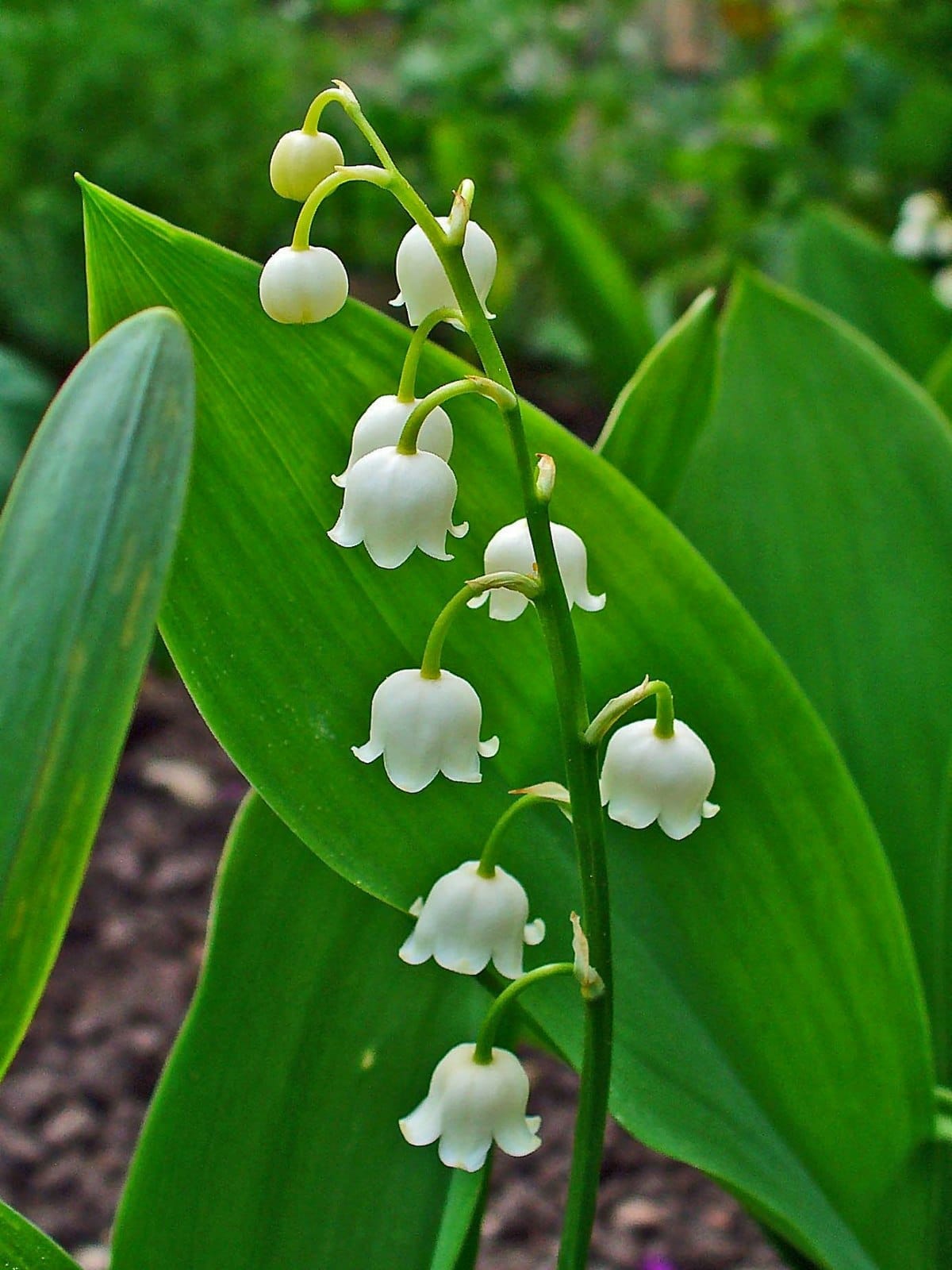
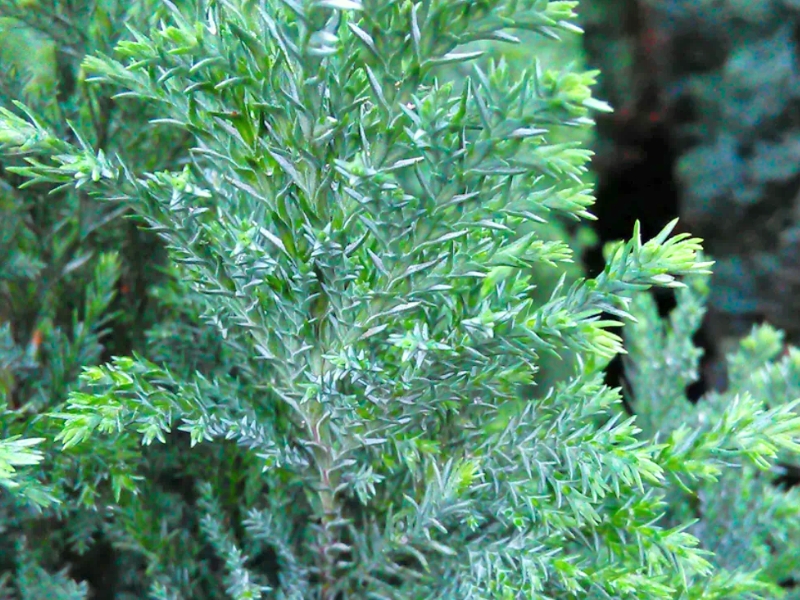
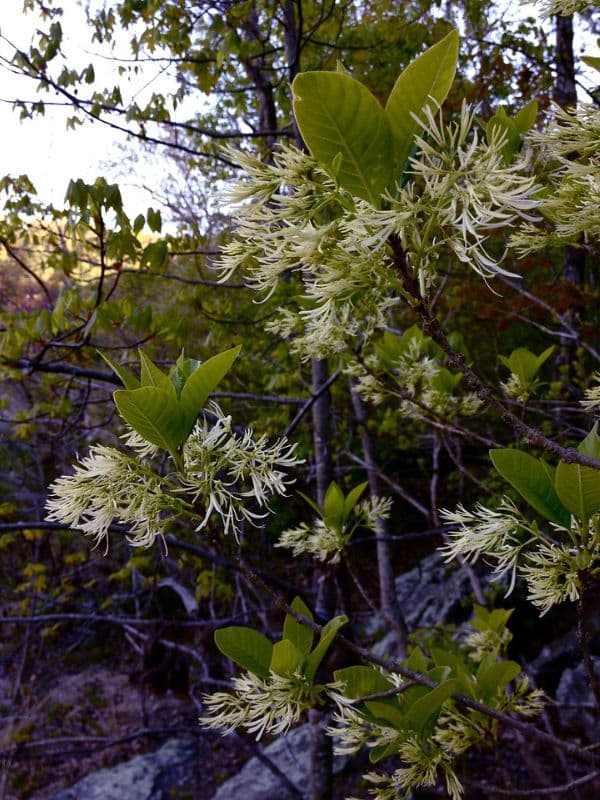
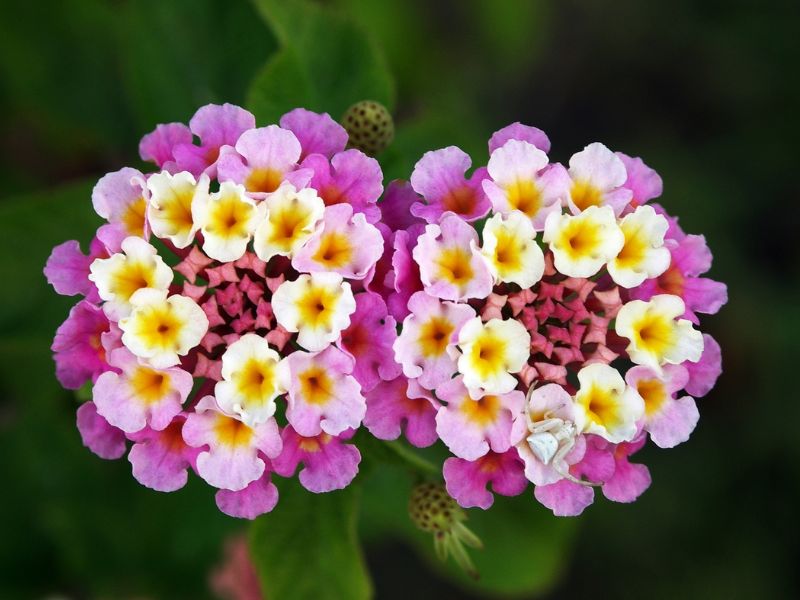
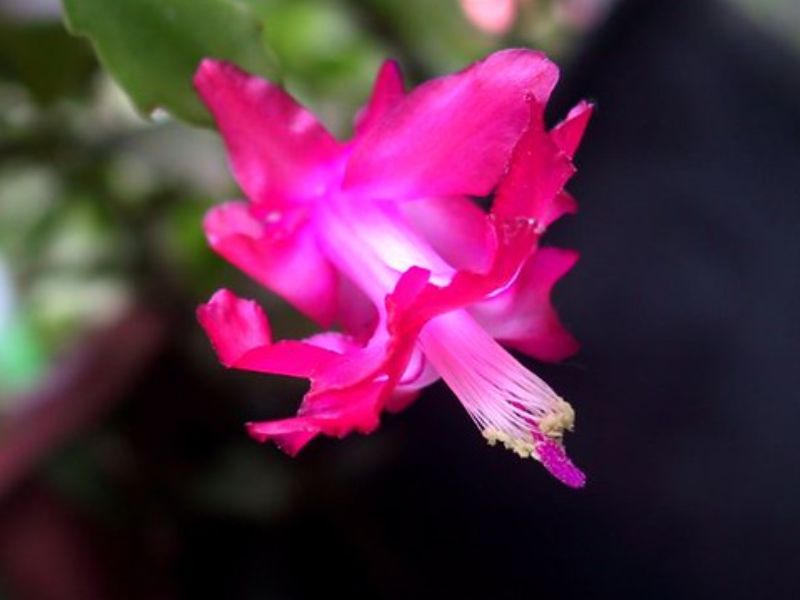
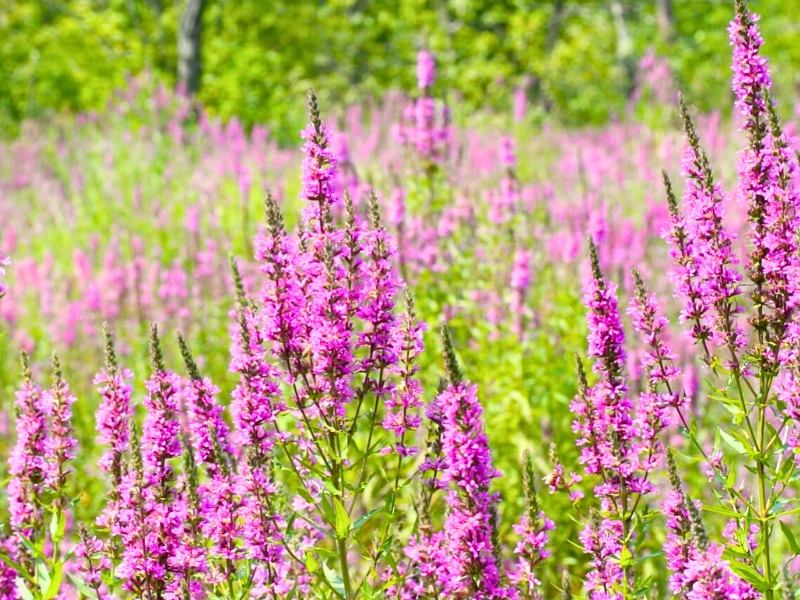
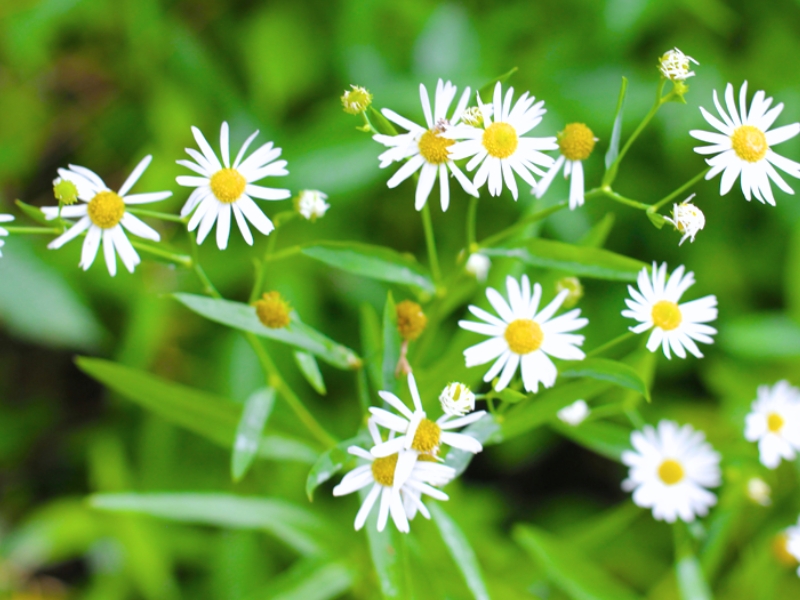
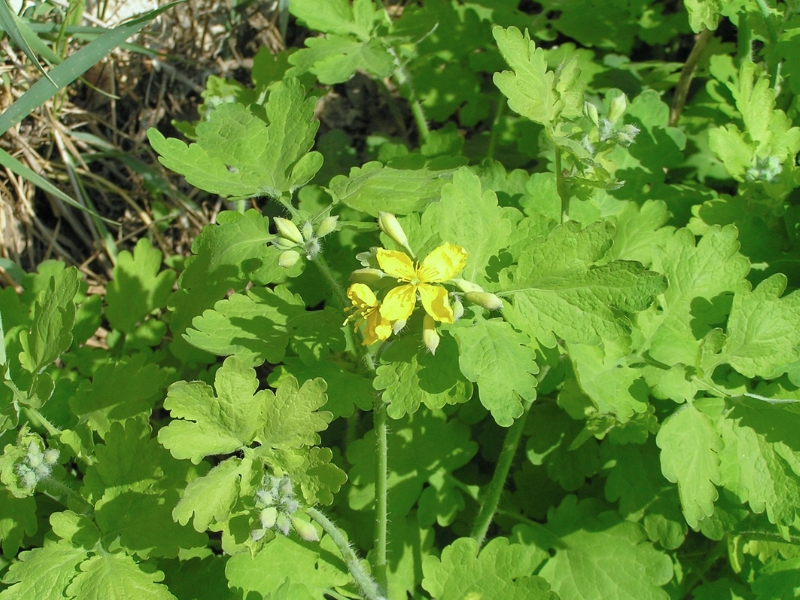
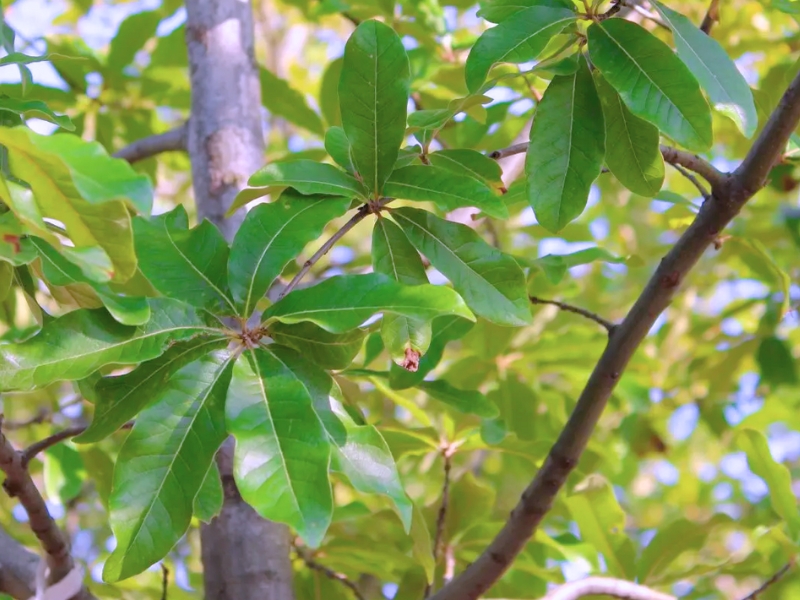
Leave a Reply